deepeye.hu
Astronomical Drawings of Peter Kiss
Astronomical Drawings of Peter Kiss




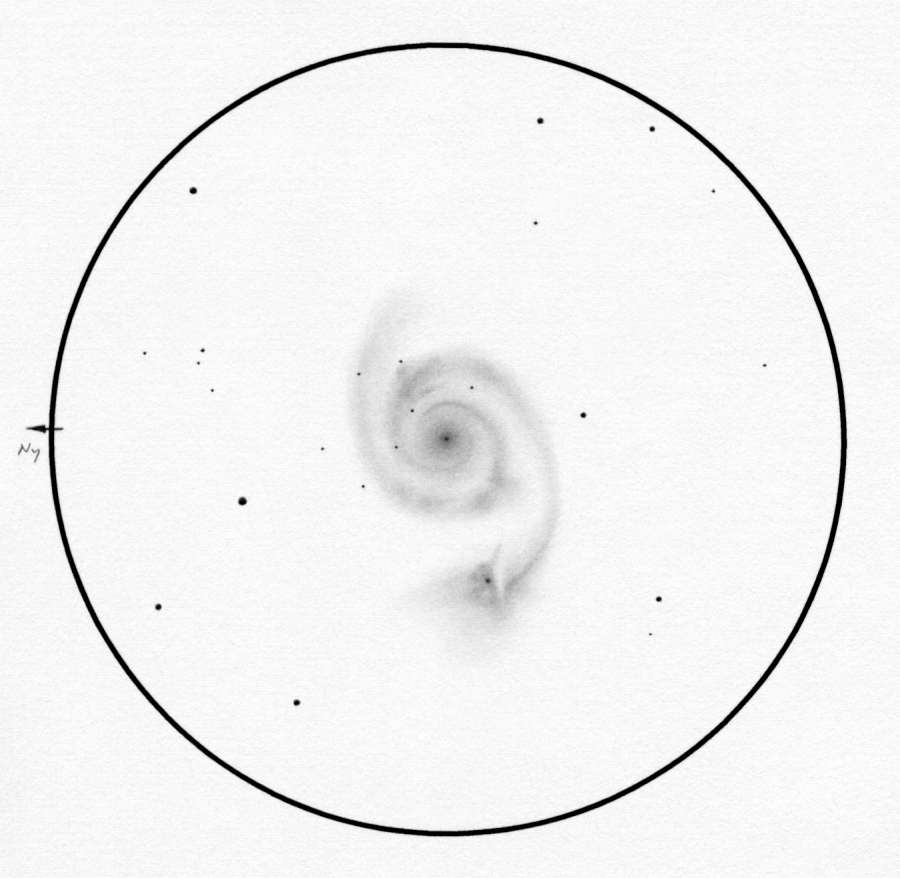
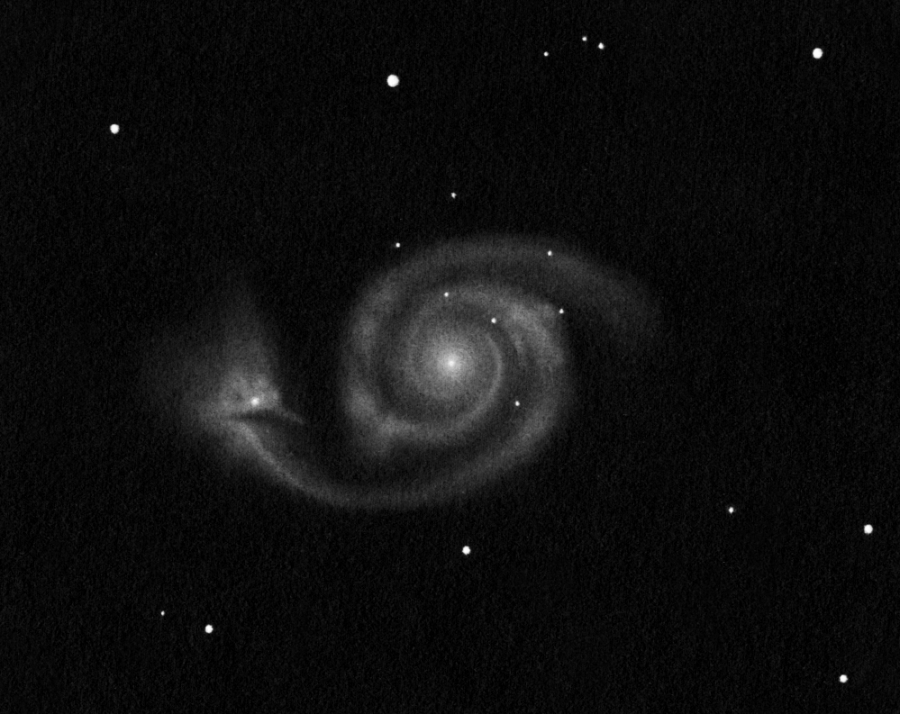
M 51 barely needs introduction. This interacting pair of galaxies is undoubtedly one of the deep-sky highlights of the northern hemisphere. The system looks good in a small scope as well but it truly shines in a larger telescope. I didn't feel this kind of joy during deep-sky drawing for two years prior to drawing M 51. Last time it was in June 2012 in Namibia when I drew M 83. Here I could get lost in the tiny details of the spiral arms for many hours again. These details could be listed like the square parts of the arms of the main component, the bright spots in these arms which have shapes and some of them are also inhomogenoius. A thin bright thread is visible in one of the arms. Or I could mention the inhomogenious core of NGC 5195 with the bright and dark spots, dark lanes and bright bridges... But I think the drawing speaks for itself. It is interesting that I think that the view in the 16" Dobsonian was on the edge. I am sure that using a little bigger telescope under maybe a little better sky it would be possible to see much more. There are the dust lanes in the spiral arms. I could see only something of these in a short section of one of the arms. And there are some background galaxies behind the Whirlpool galaxy. I spent at least 1.5 hours to try to see IC 4278, the brightness of which is given at 15.4m. But I didn't see it. Note that there are more 16.0m stars in the drawing.
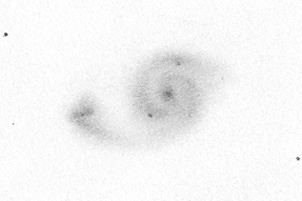
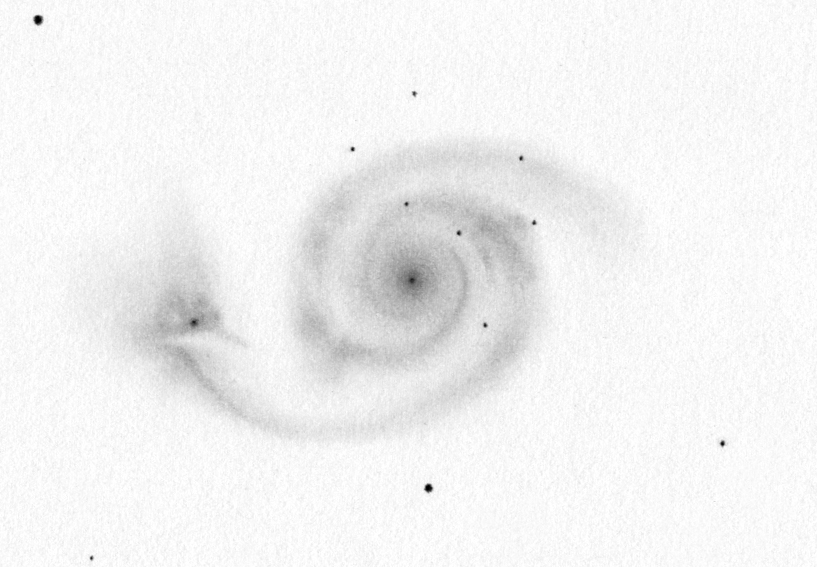
I have already drawn M 51. It was in 2000 at Ágasvár just like in 2014 but with a 4" Newtonian. It was a very good night as well, a good observation.
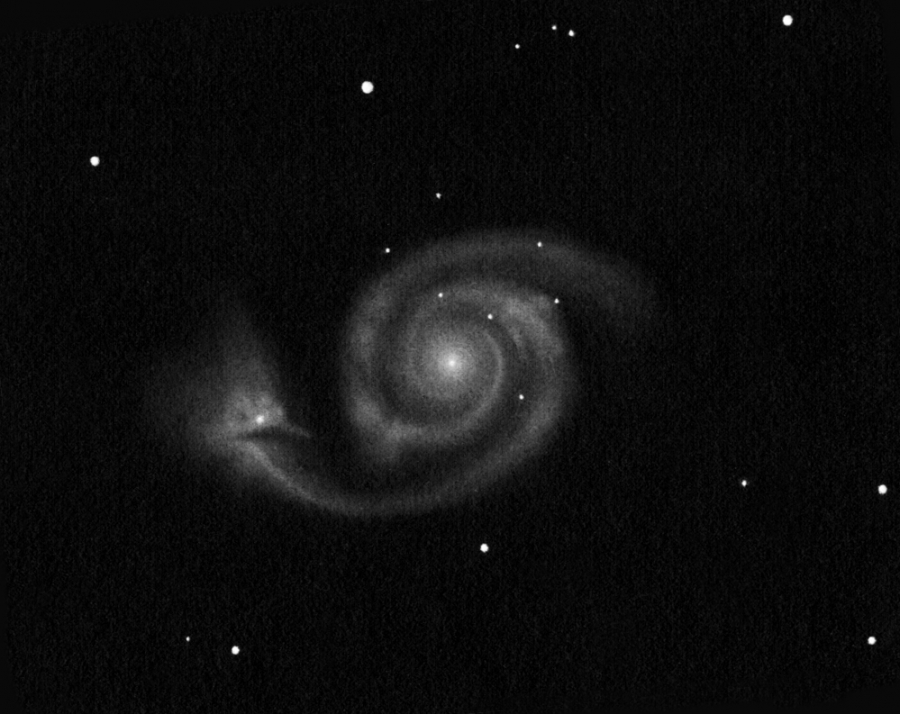
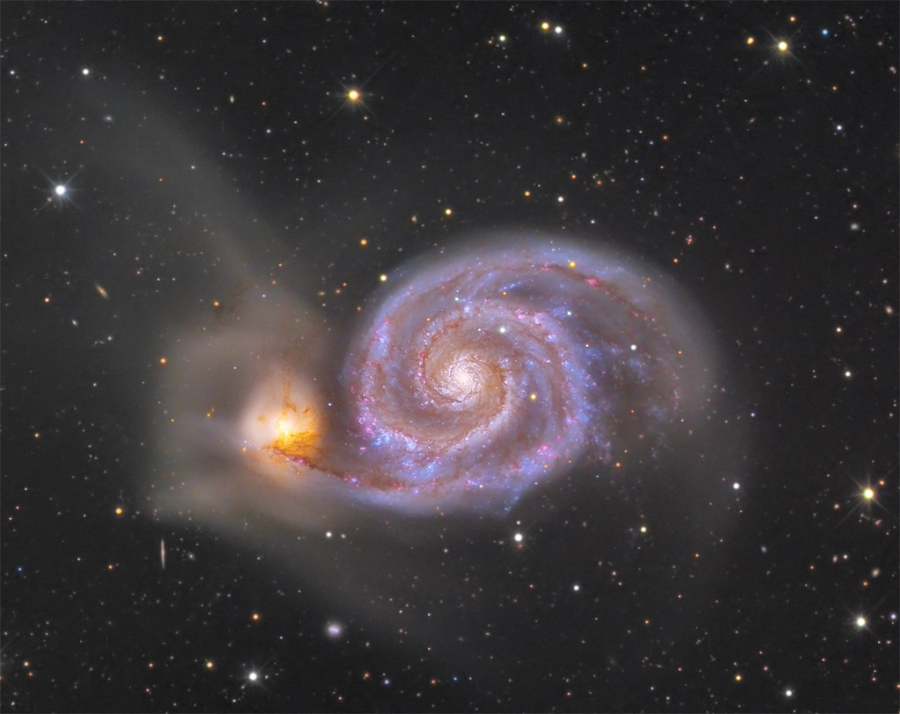
The photo above, courtesy of Jon Christensen was made using a 12.5" RC telescope. Jon Christensen's original photograph has been cropped and my inverted drawing rotated to show a similar area of the sky.
Of course the photograph is much more spectacular. Nevertheless the live view was pretty good as well. The 16" Dobsonian showed the Whirlpool galaxy in magnificient detail. I can imagine that the dust lanes in the spiral arms can be seen with a little bigger telescope. IC 4278, the background galaxy mentioned above can be seen a little to the left and a lot under the center of the photo. It is worth comparing the stars as well.
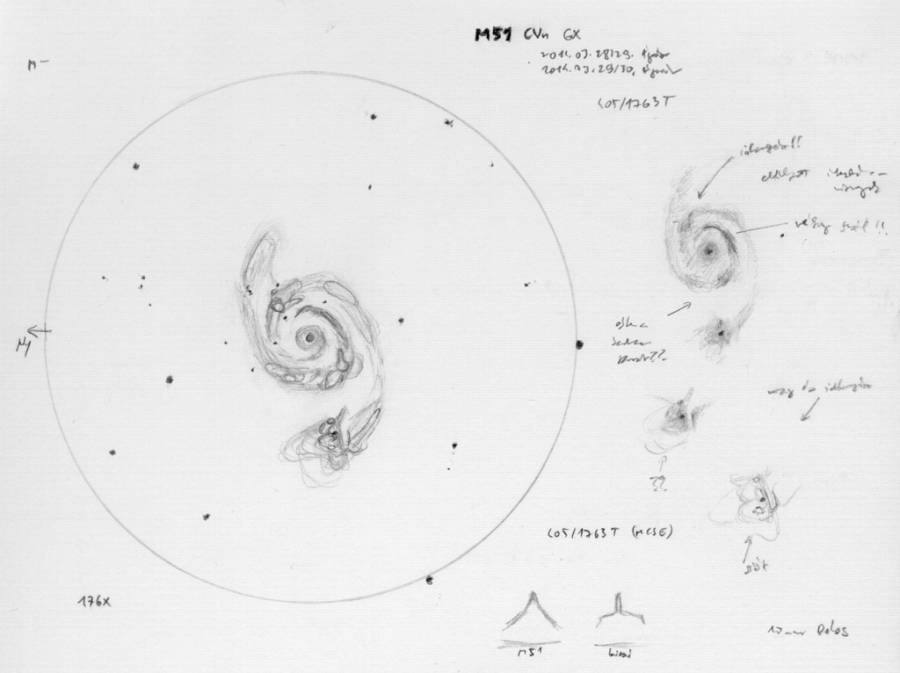
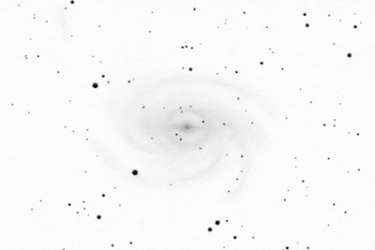
Pavo galaxy
The grand spiral galaxy of Pavo
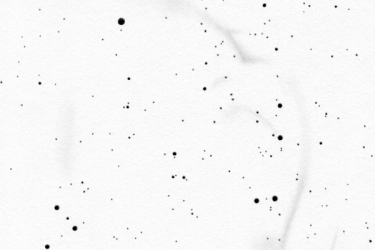
Panorama drawing
Huge and faint supernova remnant in the southern sky
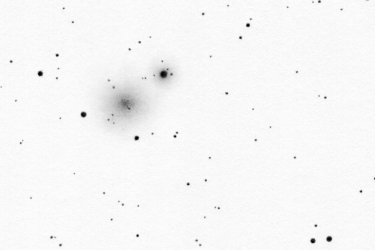
Centaurus globular cluster
The second globular in Centaurus
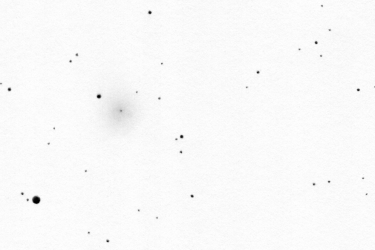
Apus globular cluster
Globular cluster close to the Southern celestial pole
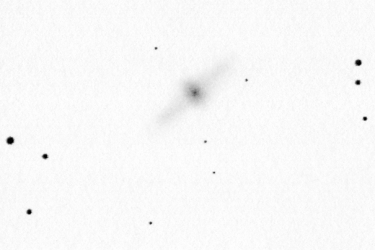
Centaurus galaxy
Polar ring galaxy
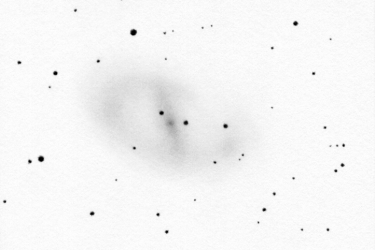
Ara galaxy
Barred spiral galaxy in the thick of the Milky Way